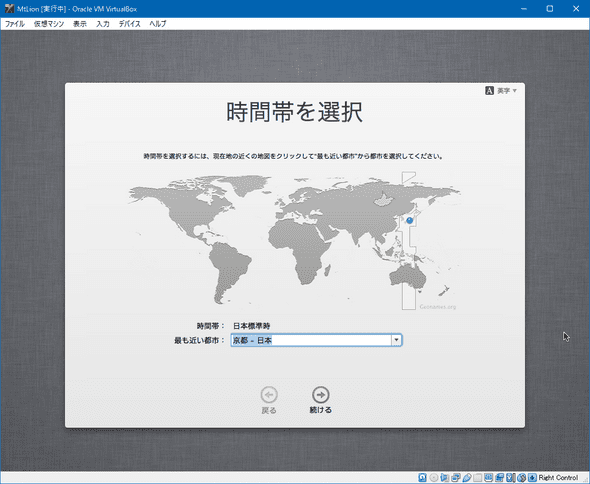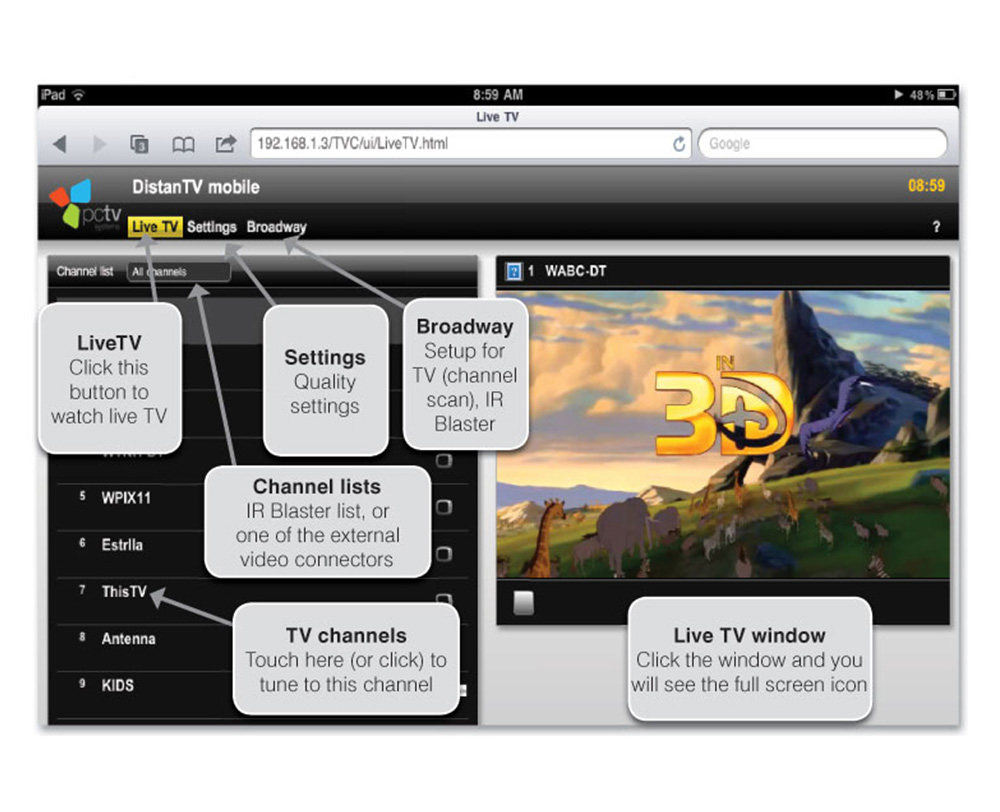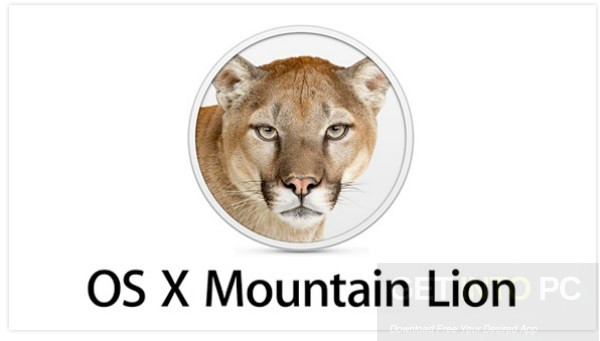
- #Vnc viewer for mac os x mountain lion pro
- #Vnc viewer for mac os x mountain lion software
- #Vnc viewer for mac os x mountain lion code
- #Vnc viewer for mac os x mountain lion windows 7
#Vnc viewer for mac os x mountain lion code
The original GPLed source code has fed into several other versions of VNC.
#Vnc viewer for mac os x mountain lion software
In 1999, AT&T acquired the lab, and in 2002 closed down the lab's research efforts.ĭevelopers who worked on VNC while still at the AT&T Research Lab include: įollowing the closure of ORL in 2002, several members of the development team (including Richardson, Harter, Weatherall and Hopper) formed RealVNC in order to continue working on open-source and commercial VNC software under that name. The Olivetti & Oracle Research Lab (ORL) at Cambridge in the UK developed VNC at a time when Olivetti and Oracle Corporation owned the lab. VNC and RFB are registered trademarks of RealVNC Ltd.

Many are compatible (without their added features) with VNC proper in the sense that a viewer of one flavour can connect with a server of another others are based on VNC code but not compatible with standard VNC.

(I have confirmed this works on a iMac 27-inch Late 2012 with Mountain Lion).There are a number of variants of VNC which offer their own particular functionality e.g., some optimised for Microsoft Windows, or offering file transfer (not part of VNC proper), etc. The key to this solution is to sleep iMac when you leave and wake it up through network access (iMac works as normal after waking up but the monitor is still off) so this may not work outside of a local network. Now you can use iMac and the monitor is still off.Wake up the iMac using the Wake Up Me On utility.Sleep iMac by clicking Sleep on the bottom Check if everything is working well and then close the VPN client.Type your mac host name or IP address and :1 (1 means the display number) For example, if your mac host name is iMac or the IP address is 192.168.1.20, this will be iMac:1 or 192.168.1.20:1.I am using Real VNC viewer but it does not matter. Select 1 from Display Number and enter 5901 to the port.Launch Vine VNC Server and open preference of the VNC server and go to connection.(actually copy it to somewhere in your Mac) You may need to activate Fast User Switching.

if this is not never, iMac goes to sleep shortly after VNC connecting. Turn on “Wake for network access” on Energy Saver of System Preferences and set Computer sleep to Never.This is a windows utility but I think there is a similar one for OS X.
#Vnc viewer for mac os x mountain lion windows 7
My use case is to use iMac remotely from my Windows 7 laptop.Īnother VNC server to make another private display. This is not a perfect solution but I believe this is a best solution so far. This is the dialog I get when trying to connect:
#Vnc viewer for mac os x mountain lion pro
In this case I tried to connect a Screen Sharing session from my iMac to my wife's MacBook Pro where she was already logged in. If you choose Log In, you will share the Mac with the other remote user, but you won’t share the same screen. Want to share the display with the other remote user (Share Display), or log inĬoncurrently using a different user name and screen (Log In). If someone else is already connected to the Mac as a remote user, a dialog asks if you Instead, upon connecting to the other Mac with Screen Sharing: The "Switch to Virtual Display" option in the Screen Sharing app went away in Mavericks. So the initial connect always wakes up the physical display. The only flaw in this approach is I know of no way to start Screen Sharing on a virtual display from the get go. The main display on your iMac should go to sleep according to your screen saver and energy settings once you've disconnected your remote session from the physical display and moved it to a virtual display. Select that to change the session to a virtual display, not the current desktop display, and log in as yourself. Once in Control Mode, look under the View menu and you should see an entry that says "Switch to Virtual Display". You can switch modes by pressing Cmd+Option+X in the Screen Sharing app.

When you connect to your Mac via Screen Sharing make sure the session is in Control Mode, not View Mode. It's not a perfect solution, but you may find it good enough for your case. OS X Lion added per-user screen sharing: the ability to have multiple remote desktop sessions active on a single Mac at the same time.


 0 kommentar(er)
0 kommentar(er)
